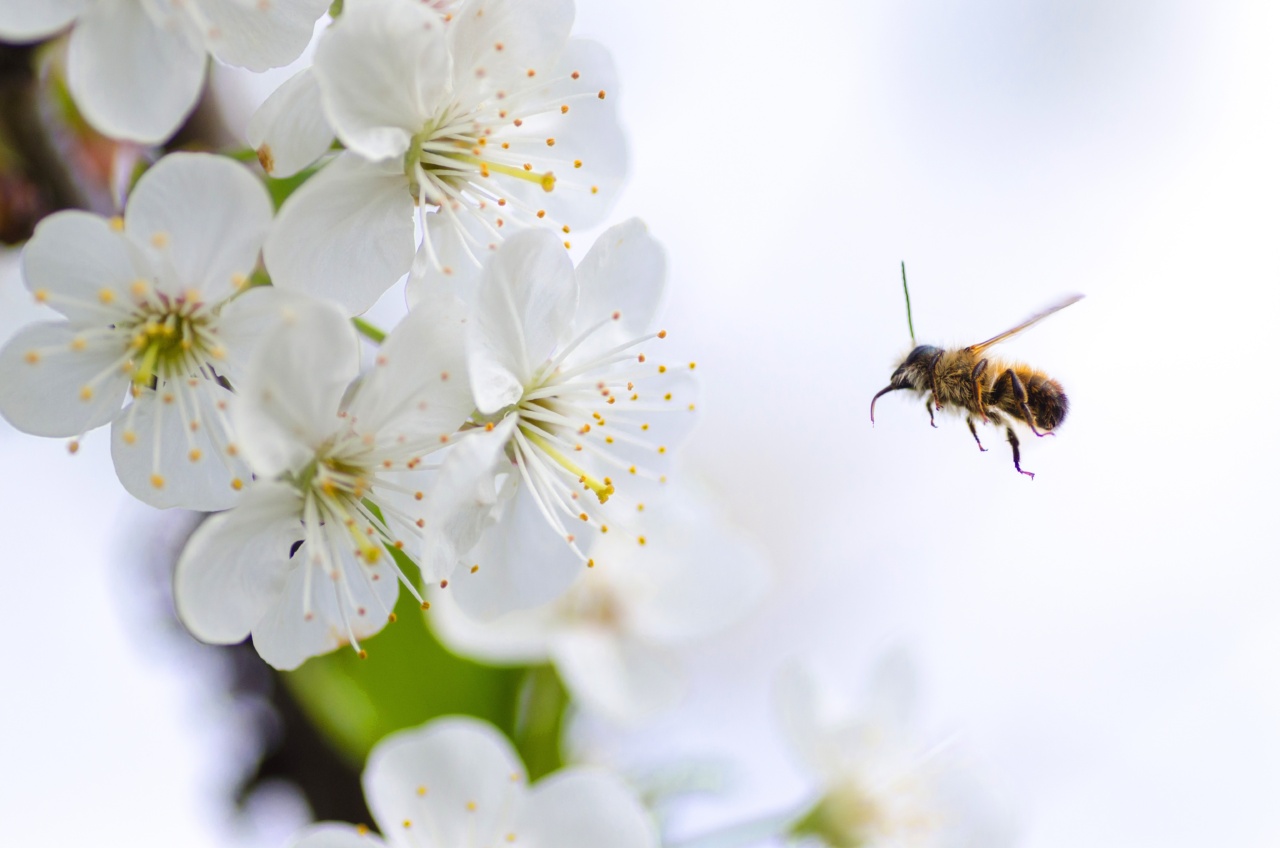Getting stung by a bee can be a painful experience. While some people are lucky enough to not experience any reactions to bee stings, others may experience symptoms like swelling, redness, itching, and even anaphylaxis.
Even if you’re not allergic to bee stings, the pain and discomfort can be hard to bear. That’s where the bee sting expert comes in. In this article, we’ll guide you through everything you need to know about bee stings and how to find relief after being stung.
What Causes a Bee Sting?
Bee stings are caused by the injection of venom into the skin when a bee stings you. Bees use their stingers as a means of self-defense when they feel threatened.
When a bee stings, it leaves the stinger and venom sac in your skin, causing the venom to continue to pump into your system. This is why it’s important to remove the stinger as quickly as possible after getting stung. The venom causes an immune response in your body, which can lead to swelling, redness, itching, and pain.
How to Identify a Bee Sting
If you’re not sure whether you’ve been stung by a bee, here are some common symptoms that can help you identify a bee sting:.
- Pain or burning sensation at the site of the sting
- Redness and swelling around the sting
- Itching and hives
- Difficulty breathing or swallowing (in severe cases)
If you’re not sure whether you’re experiencing an allergic reaction, it’s best to seek medical attention immediately.
Immediate Relief for Bee Stings
If you’ve been stung by a bee, the first thing you should do is try to remove the stinger as quickly as possible. Using a pair of tweezers or your fingernails, gently scrape the stinger out of your skin.
Avoid squeezing the stinger or pulling it out as this can cause more venom to enter your system.
After removing the stinger, wash the area with soap and water to prevent infection. You can also apply a cool compress or ice pack to the area to reduce swelling and pain.
Taking an over-the-counter pain reliever like ibuprofen or acetaminophen can also help alleviate pain and discomfort.
Home Remedies for Bee Stings
If you’re looking for natural remedies to relieve the pain and discomfort of a bee sting, try one of these home remedies:.
- Apply a paste made from baking soda and water to the sting.
- Apply a slice of onion or garlic to the sting.
- Apply a paste made from meat tenderizer and water to the sting.
- Apply a dab of honey to the sting.
- Apply a poultice made from crushed plantain leaves to the sting.
Remember to always test these home remedies on a small patch of skin before applying them to the sting area. If you experience any adverse reactions, discontinue use immediately.
When to Seek Medical Attention
While most bee stings can be treated at home, some individuals may experience severe allergic reactions that require emergency medical attention. Seek medical attention immediately if you experience any of the following symptoms:.
- Hives or itching all over the body
- Swelling of the lips, tongue, or throat
- Difficulty breathing or tightness in the chest
- Dizziness or fainting
- Loss of consciousness
Preventing Bee Stings
If you’re allergic to bee stings, it’s important to take extra precautions to avoid getting stung. Here are some tips to help you avoid bee stings:.
- Avoid wearing brightly colored clothing or floral prints, which can attract bees.
- Avoid wearing perfumes or scented lotions, which can also attract bees.
- Avoid walking barefoot, especially in areas with clover or other blooming plants.
- Avoid outdoor activities during peak hours when bees are most active, usually between 10 am and 2 pm.
- Keep food and drinks covered when eating outside.
Conclusion
Bee stings can be painful and uncomfortable, but with the right knowledge and remedies, relief is possible. Remember to remove the stinger as quickly as possible, clean the area, and apply a cool compress or ice pack to reduce swelling and pain.
If you experience any severe symptoms, seek medical attention immediately. Taking precautions to avoid bee stings can also help prevent allergic reactions. Trust the bee sting expert to guide you through everything you need to know about bee stings and finding relief after being stung.






























